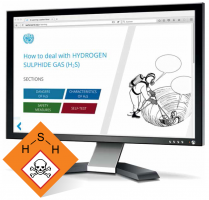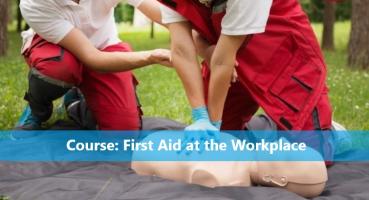Skill formation plays a major role in employment, both quantity and quality. The growing pace of technological change, the need for specialized technical skills has become more pressing. The patters of skills required to be employed in modern leather and leather products manufacturing have changed, as well as the institutional structures around them.In the emerging competitive setting, there is a greater emphasis on flexible specialized high-level training.
Tomorrow’s technical, environmental, safety and ethical problems cannot be solved by experts trained with yesterday’s methodology and methods.
Online and eLearning training courses are such opportunity. Facilitated online trainings, both as stand-alone courses and when combined with in-residence trainings, allow for greater interaction with trainers and significantly increase the impact of traditional trainings at very little additional cost. Furthermore, e-learning considerably extends the reach of trainings and opens them to different audiences. The innovative delivery format will make learning flexible, interactive and effective.
E-learning and on-line training is especially suited for motivated learners and offers distinct advantages such as:
1/ convenience,
2/standardized delivery,
3/self-paced learning and a
4/ variety of content.
UNIDO has prepared and developed e-Learning material avaiable for user on www.leatherpanel.org builds on Animated Visual Training Tools launched in 2011. There are several courses avaiable. Each course consist of several lessons and in some cases with tests.
Registered users can take advantages of training materials prepared by UNIDO (e.g. the Animated Visual Training Tool on effluent treatment, specific e-Learning materials that are presently being developed). Please visit https://learning.unido.org












